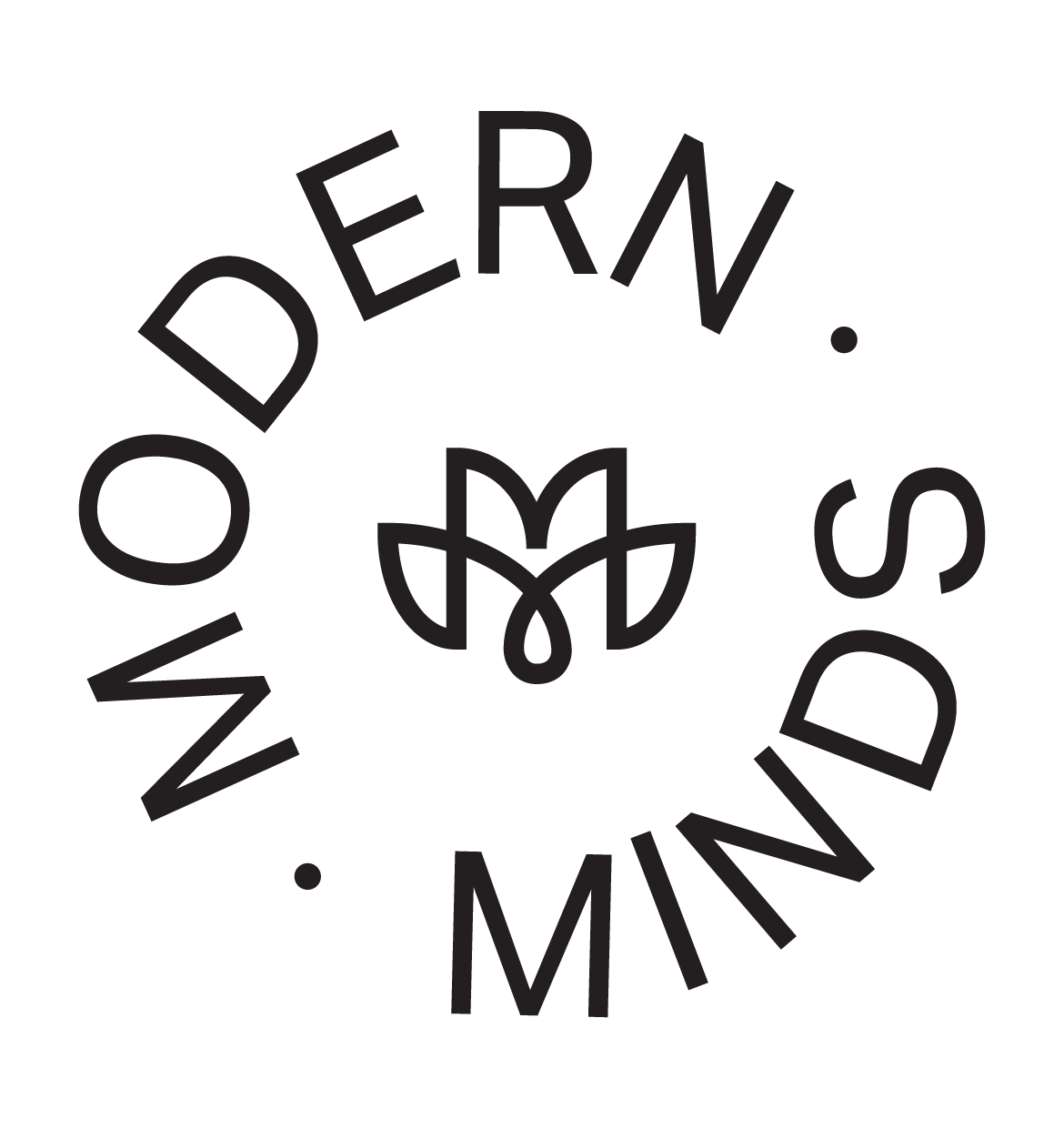Understanding the Conflict Avoidance Style: Why Some People Steer Clear of Confrontation
Building strong, loving relationships requires effort, understanding, and effective communication. Yet, many of us struggle with conflict, unsure how to navigate disagreements in a way that strengthens our bonds. Conflict avoidance can feel comforting at the moment but often leaves deeper issues unaddressed, impacting relationships, personal well-being and hindering growth. As Maya Angelou wisely said, “Nothing will work unless you do.” Facing conflict thoughtfully can lead to resilience, self-awareness, and more fulfilling, authentic connections.
What Conflict Avoidance Looks Like
Avoiding conflict may seem like a path to peace, but it often comes with challenges and emotional complexities.
Key Characteristics of Conflict Avoidance
Conflict avoiders often display distinct behaviours aimed at sidestepping confrontation:
Deflecting or Changing Topics: Rather than addressing a disagreement, conflict avoiders may shift the conversation to safer subjects, keeping things comfortable.
Procrastination: Important decisions or difficult conversations get delayed indefinitely, often to prevent any uncomfortable exchange.
Passive Communication: To avoid disagreements, conflict avoiders might agree on the surface while concealing their true feelings, prioritising harmony over honesty.
Non-committal Responses: They can avoid taking a stand by giving vague or non-committal responses, which keeps interactions smooth but lacks genuine connection.
The Emotional Side of Avoidance
Conflict avoidance often stems from underlying emotions that reinforce these behaviours. Many avoiders feel an intense fear of rejection, worrying that conflict will damage relationships or provoke criticism. Self-doubt can add to this, with conflict avoiders questioning the validity of their own opinions. Anxiety often plays a central role, creating stress around the potential for disagreement. These feelings create a cycle, reinforcing behaviours prioritising immediate peace over meaningful resolution.
Why Conflict Avoidance Occurs
Conflict avoidance often has deep roots, influenced by personal experiences, family conditioning, and individual self-perception. Understanding these underlying causes can offer insight into why some people avoid confrontation.
Root Causes and Influences
Several key factors can contribute to conflict avoidance:
Past Negative Experiences: Individuals who have experienced harmful or intense conflicts may develop a strong aversion to similar situations. These memories can lead to a pattern of avoiding disagreements altogether.
Cultural or Familial Conditioning: People raised in families or cultures where confrontation was discouraged often learn to associate conflict with negativity. These early influences can shape adult behaviours, encouraging avoidance in the face of tension.
Self-Esteem: Low self-esteem can drive individuals to avoid conflict out of fear of being invalidated or criticised. People lacking confidence in their opinions or abilities may feel safer staying silent.
Fear of Rejection: Individuals may avoid conflict due to a deep-seated fear of rejection or abandonment, believing disagreements could jeopardise their relationships or sense of belonging.
Perfectionism: Those with perfectionist tendencies may avoid conflict to maintain an image of harmony or control, fearing that confrontation might expose vulnerabilities or perceived flaws.
Fear of Negative Outcomes
Underlying fears also play a significant role in conflict avoidance. Common fears include:
Damaging Relationships: Worrying that confrontation may weaken or break essential bonds.
Upsetting Others: Avoiders often feel responsible for others’ feelings and may sacrifice their needs to keep others happy.
Being Judged or Misunderstood: Fearing that their views will be met with criticism or rejection, avoiders may choose to remain quiet.
Escalating Tension: Concern that bringing up an issue might lead to heightened conflict or uncomfortable confrontations.
Loss of Control: Fearing that they may not be able to manage their emotions or the direction of the conversation, leading to vulnerability.
Feeling Inadequate: Worrying that they might not articulate themselves well, leading to misunderstandings or appearing weak.
Pros and Cons of Conflict Avoidance
Conflict avoidance can offer temporary relief but often comes with significant drawbacks.
Potential Benefits of Avoiding Conflict
Immediate Stress Relief: Sidestepping difficult conversations can provide instant relief from anxiety, reducing immediate stress.
Preserving Relationships: Avoiding conflict can help maintain peace, particularly in high-stakes settings like family gatherings or workplaces, where harmony is often prioritised.
Focus on Priorities: Sometimes, avoiding minor disputes allows people to concentrate on more critical tasks without tension.
Enhanced Diplomacy Skills: Consistent avoidance can cultivate diplomatic skills as individuals learn to navigate sensitive topics without confrontation.
The Drawbacks of Conflict Avoidance
Unresolved Issues: Avoidance often leads to unresolved problems that can accumulate, eventually affecting relationships and trust.
Built-up Resentment: Holding back feelings can cause frustration, creating an undercurrent of resentment that harms connection.
Missed Growth Opportunities: Constructive conflict encourages growth. Avoiding it means missing chances to develop assertiveness, empathy, and relational resilience.
Reduced Authenticity: By constantly suppressing personal views, individuals may lose their voice, affecting their sense of self and authenticity.
Cycle of Avoidance: Frequent avoidance creates a habit, reinforcing avoidance patterns and making it harder to address issues when they arise.
Managing Conflict Avoidance and Learning Assertiveness
Embracing Assertive Communication
Developing assertiveness begins with clear communication and setting boundaries. Practising how to express thoughts and feelings directly—while remaining respectful—can build confidence. Start with small steps, like stating preferences clearly or asking what you need, to create positive experiences with assertive communication. Setting boundaries helps clarify personal limits, allowing individuals to address issues without feeling overwhelmed or defensive.
Recognising When to Face Conflict
Knowing when to engage in conflict is essential for personal growth. Avoiding every disagreement can hinder authenticity in relationships, as unresolved issues tend to surface in indirect ways. Identifying situations where conflict resolution could improve understanding or resolve misunderstandings helps individuals recognise the value of speaking up. Individuals can strengthen bonds and build mutual respect by choosing to face conflict in meaningful moments.
Seeking Support
For those struggling with conflict avoidance, professional support can be invaluable. Counselling, assertiveness workshops, or even group classes on communication provide tools for building confidence in conflict situations. These resources offer a safe space to practice conflict resolution techniques and explore underlying fears, enabling individuals to develop healthier, more constructive approaches to handling disagreements.
